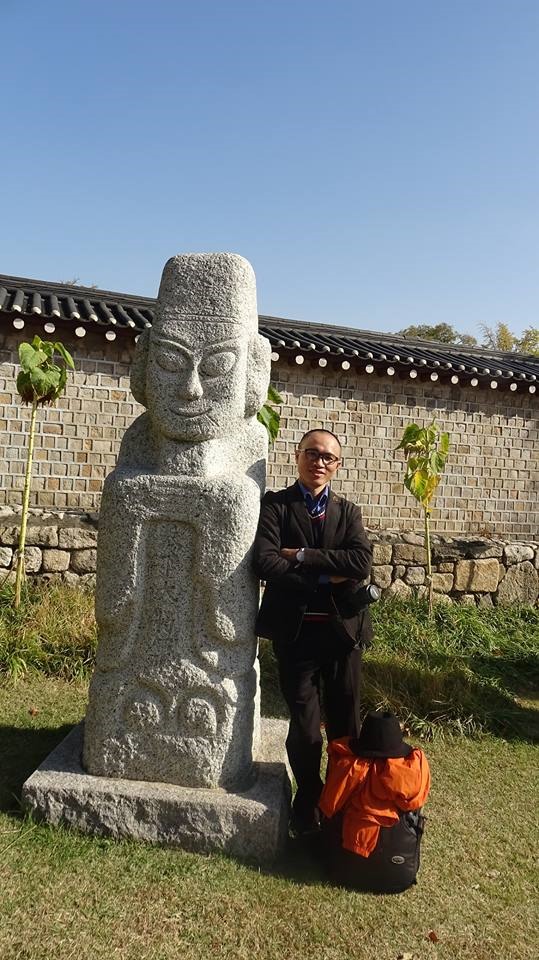 Life & Style
Life & Style

A calligraphy exhibition is being held at the Việt Nam Museum of Fine Arts. The exhibition displays about 44 calligraphy works in different styles by four calligraphers.
 |
A calligraphy exhibition is being held at the Việt Nam Museum of Fine Arts. The exhibition displays about 44 calligraphy works in different styles by four calligraphers Nguyễn Quang Thắng; Phạm Văn Tuấn, Nguyễn Văn Thanh and Trần Trọng Dương. They are working at the
Culture Vulture interviews Phạm Văn Tuấn, a PhD in literature and Buddhism, about the development of calligraphy in Việt
Could you discuss trends in calligraphy in Việt
There are three kinds of calligraphy in Việt
Avant-garde calligraphy is the latest one. It has been formed in the last ten years and developed in Hà Nội. Avant-garde calligraphy is inspired by the beauty, heritage and emotion of Nôm characters. It also combines philosophy and the western art trends.
The three kinds of calligraphy have been developing in accordance with each period of history and meet the society’s demands. When spring comes at Tết (Lunar New Year), we see many calligraphy works hanging on the wall in Văn Miếu (
The calligraphy exhibition is held in
Calligraphy has been up and down throughout its thousand-year history. At the end of 20th century, calligraphy revitalized again. A few families also display calligraphy works in their houses. From the beginning of 21st century, calligraphy exhibitions have been held in Văn Miếu to stimulate avant-garde calligraphy. Avant-garde works have appeared at studios and galleries and exhibited abroad as well. Western museums and collectors began to pay attention to Vietnamese calligraphy works.
Avant-garde calligraphers such as Lê Quốc Việt and Nguyễn Quang Thắng have had exhibitions in the
Actually, there is was an exhibition of traditional calligraphy at the Việt Nam Museum of Fine Arts one or two years ago. However, this is the first time avant-garde calligraphy works are being displayed at the museum. It is co-held by the museum and
The exhibition is held thanks to great efforts of groups of modern calligraphers and marks calligraphy development in modern society. I think calligraphy has existed with other art genres in Việt
What is the difference between calligraphy in the past and today?
In the Lê dynasty in the 15th century, there were many calligraphers who were selected to write royal documents and text. After 1945, Han and Nôm characters were no longer used in Việt
Calligraphy was revived at the beginning of the 21st century. It took time for calligraphy to be displayed in galleries. It is not only a process to preserve and develop traditional cultural values but also to have interactions with modern society in Việt
Is calligraphy a kind of art genre?
Old conceptions said that both calligraphy and painting are from the same origin. Vietnamese, Japanese, Korean and Chinese have many of the same materials such as quill pens, Chinese-ink, dó (poonah) and shunzhi paper to draw calligraphy and watercolour paintings. Their skills are almost the same.
The Chinese have selected and kept thousands of calligraphy works. But we don’t.
A Vietnamese saying goes that first is character, second is painting, third is pottery and fourth is wood.
Who are calligraphers and how do people receive calligraphy works?
Global integration has helped Việt
However, many calligraphers are knowledgeable about traditional culture, literature and society. Their works are academic and quite distinctive from other calligraphers. One cannot compare calligraphy with other art genres and painting in particular because calligraphy is younger. Furthermore, calligraphy lovers are selective.
What is the most difficult aspect to preserve and develop calligraphy?
Each art genre needs to adapt itself to the society. It also needs to be accepted by the society. It needs the policies and mechanisms of the State to popularise calligraphy art. Honouring traditional cultural values is to create an environment for calligraphy to develop. Proper policies on economics, culture and society’s development will promote traditional art genres and calligraphy in particular.
At present, many centres and clubs are held to teach calligraphy. It is good sign for calligraphy’s development but calligraphers’ levels are also different. — VNS




